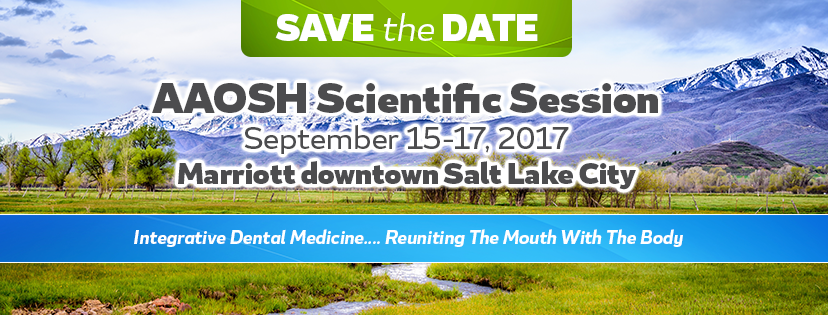Re-Examine Your Examination
With a national healthcare crisis looming, dental professionals can help. By 2050, the U.S. CDC has projected that one in three Americans will be diabetic and a recent Harvard study projected the obesity rate will average 42%. Rising disease means rising disability, doctor shortages, and astronomical costs. None of us are hopeful that our government can magically turn the escalating trends downward. And even if it were possible for universal healthcare to pay for the ravages of lifestyle related disease, it doesn’t address the root causes or suggest a solution to the rising trends. If we are ever going to turn this situation around, we must do it in our own homes.
How Can Dental Professionals Help?
Do you realize the prophy/exam visit is the last standing regular preventive visit in healthcare? If we can all learn to examine the patient differently, we can predict negative outcomes and preempt major disease and help facilitate heath change behavior…at every age!
Have you noticed that when your physician looks in your mouth, he or she looks right past your lips to the back of your throat? Even if he scans your mouth, chances are he can’t recognize the early signs of periodontal disease, caries disease, oral cancer, or occlusal disease. Dental professionals, on the other hand, look in the mouth with trained eyes and see it all. But like the physician—as is human nature—we see only what we expect to see!
What if we could look in the mouth with super-powered eyes and immediately see an array of other signs—signs of early systemic diseases/disorders such as diabetes, sleep apnea, heart disease, acid reflux, food sensitivities, fungal infections, drug/alcohol dependency, multiple drug interactions/side effects, vitamin deficiencies, cancer-causing viruses, or depression? The good news is, we can! Oh, what the mouth can tell us about the body, if we would just make the investment to retrain our brains.
Dental Examinations in an Oral-Systemic Era
Today, the new patient exam begins under one year of age because one-third of three-year-olds already have active decay and many are well on their way toward a lifetime of obstructed breathing. The infant oral exam includes a significant dialogue with the child’s caregivers, helping them understand our up-to-date concepts on raising healthy children. For example, most don’t know that caries are 100% preventable if we can prevent saliva transmission. So is childhood obesity if we can gift caregivers with a few food rules. Incidentally, offering infant oral health exams is a fantastic source of adult new patients!
Child exams might now include a summary of growth and behavior change: home care skills/habits, posterior airway and lip closure analysis, addressing significant weight gain, diet/nutrition counsel, early signs of depression, and even a letter of information and/or advocacy to the child’s physician.
An adult new patient visit can begin with a significant dialogue—letting the patient tell their own story instead of relying on a written health history. During this interview, stay very curious and resist the urge to educate. Strive to learn everything about their dental and medical histories, current frustrations, imagined solutions, and what level of systemic health/oral health/function/esthetics he or she is seeking. Remember, the more you know about your patient before you put your gloves on, the greater is your ability to help them and the higher is your rate of case acceptance.
When you finally examine, make sure you’re are able to recognize all that the head/face/mouth is telling you. Don’t forget we now have a plethora of advanced technologies to help—for example, salivary diagnostics. From a single drop of saliva, we can detect bacteria that travel to nest in blood vessels and vital organs, genetic biomarkers of periodontal disease and cardiovascular disease, underlying fungal infections, and HPV—the leading cause of oral cancer. We can also monitor pre-diabetes and diabetes from a single drop of blood in fewer than five minutes.
The Future of Preventive Dentistry
As the public hears more about the myriad of oral-systemic links through mainstream media, the preventive dental visit is taking on more importance. Patients are expecting dental professionals to see their mouth as a window to what’s going on in the rest of the body. Here’s your call to action: The sooner you go back to school to learn how to conduct a personalized total health exam, the more heartily you will stand out as the go-to practitioner for health-seeking patients in your community.
Want to get a jump-start on your transformation? Attend AAOSH's 7th Annual Scientific Session, September 15-17, in Salt Lake City.

